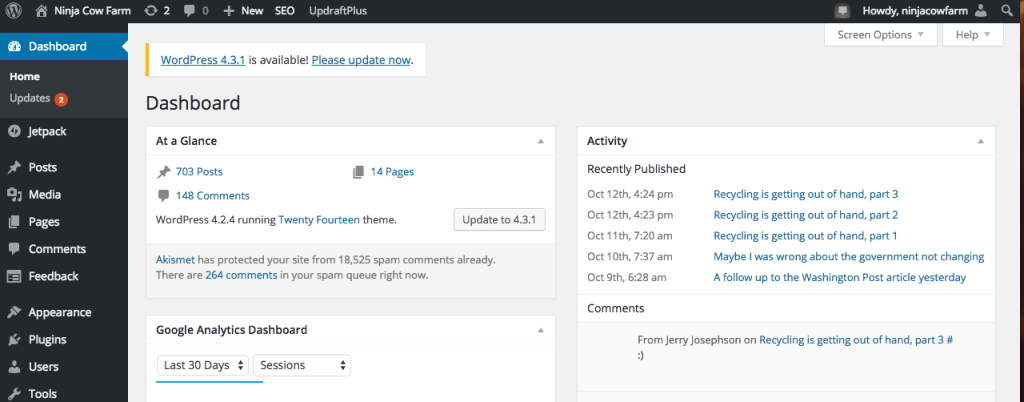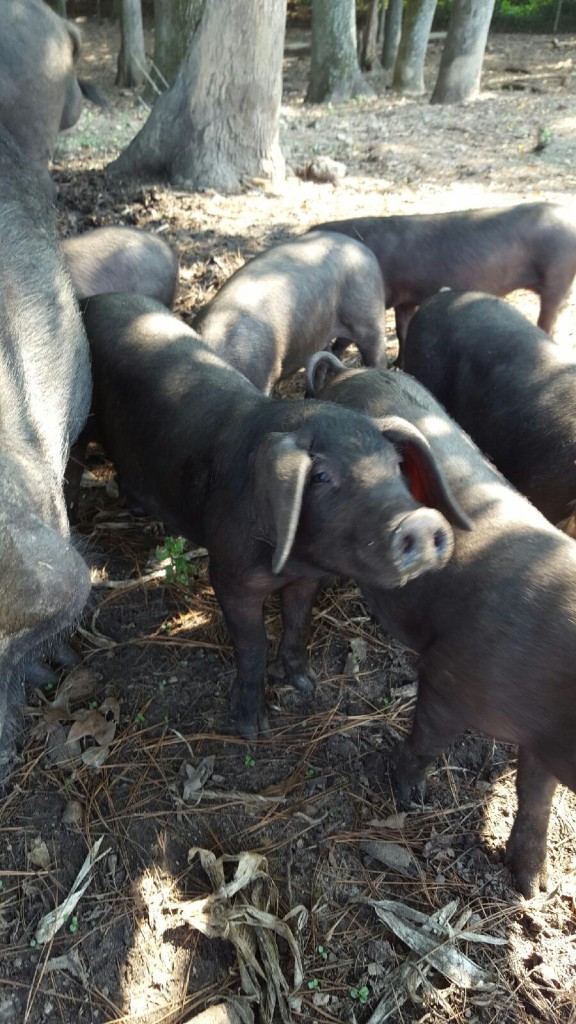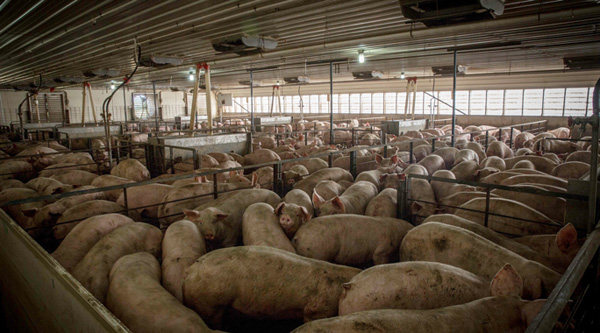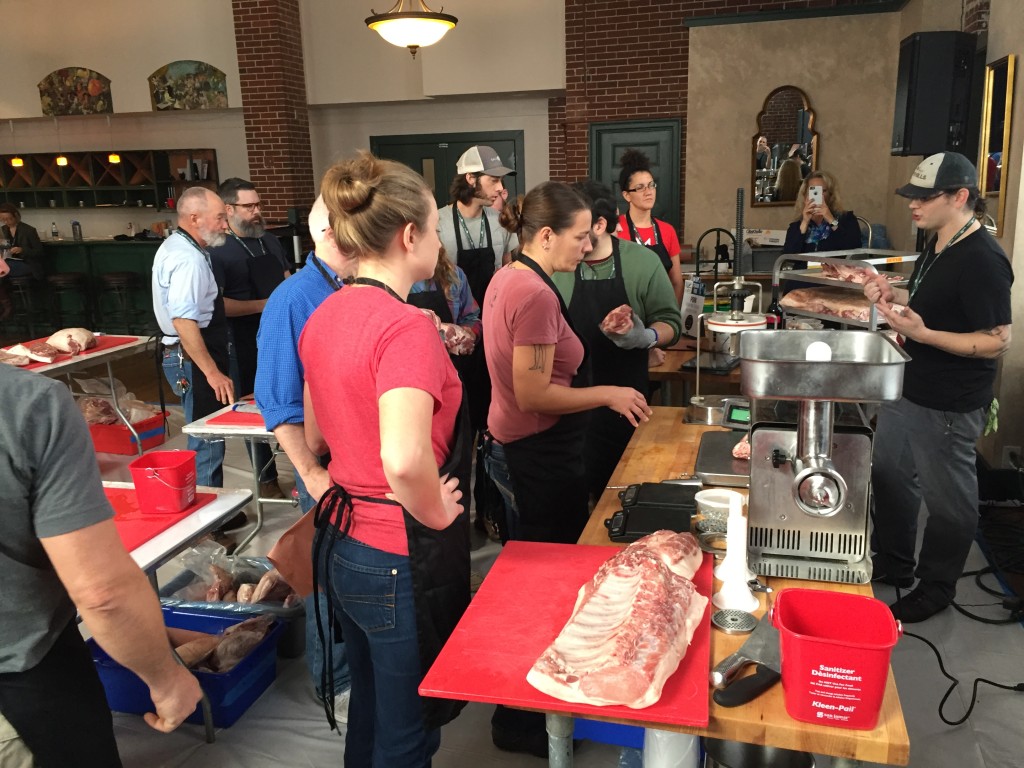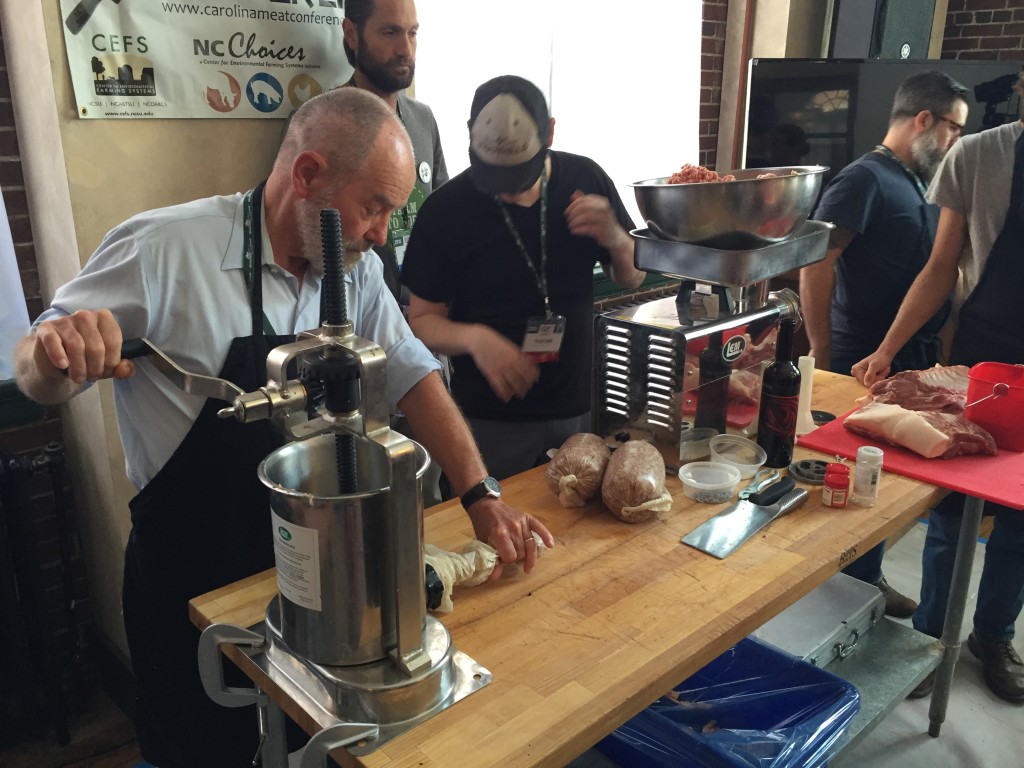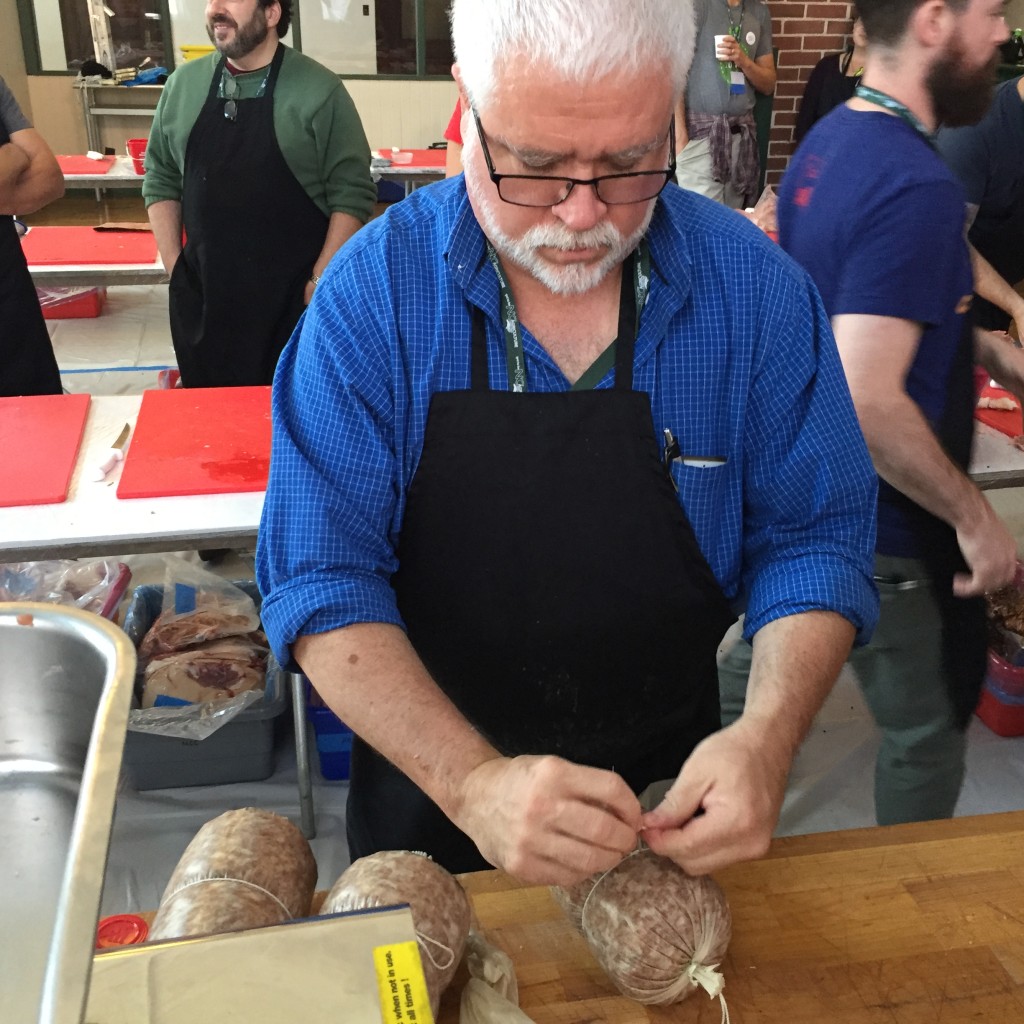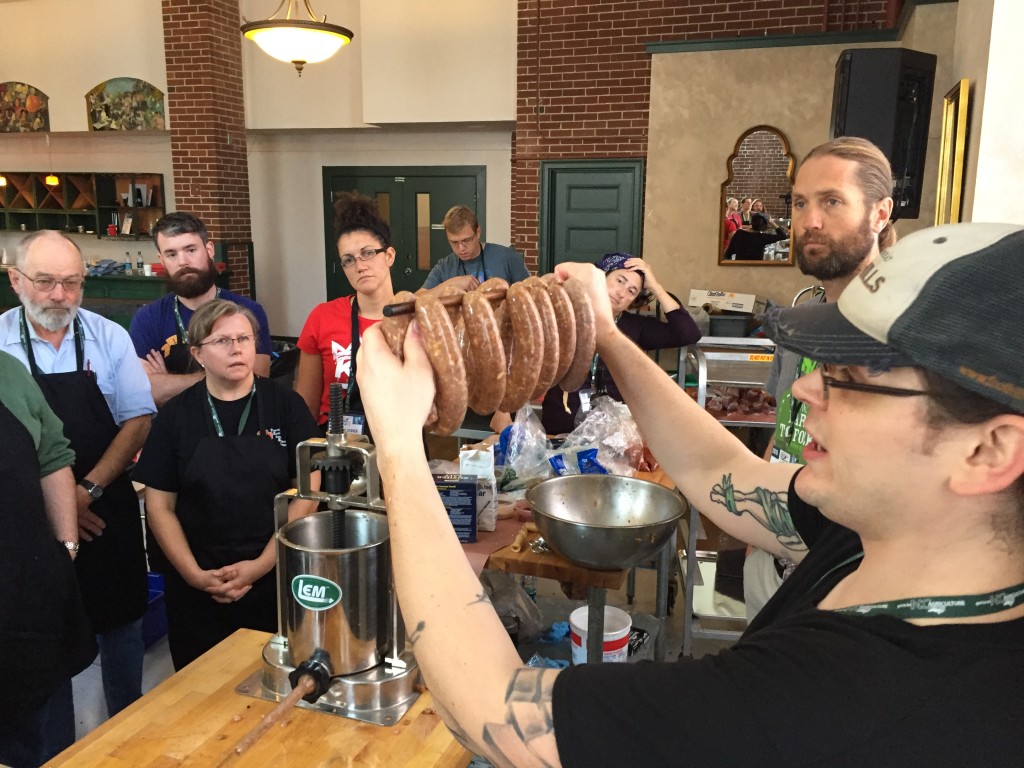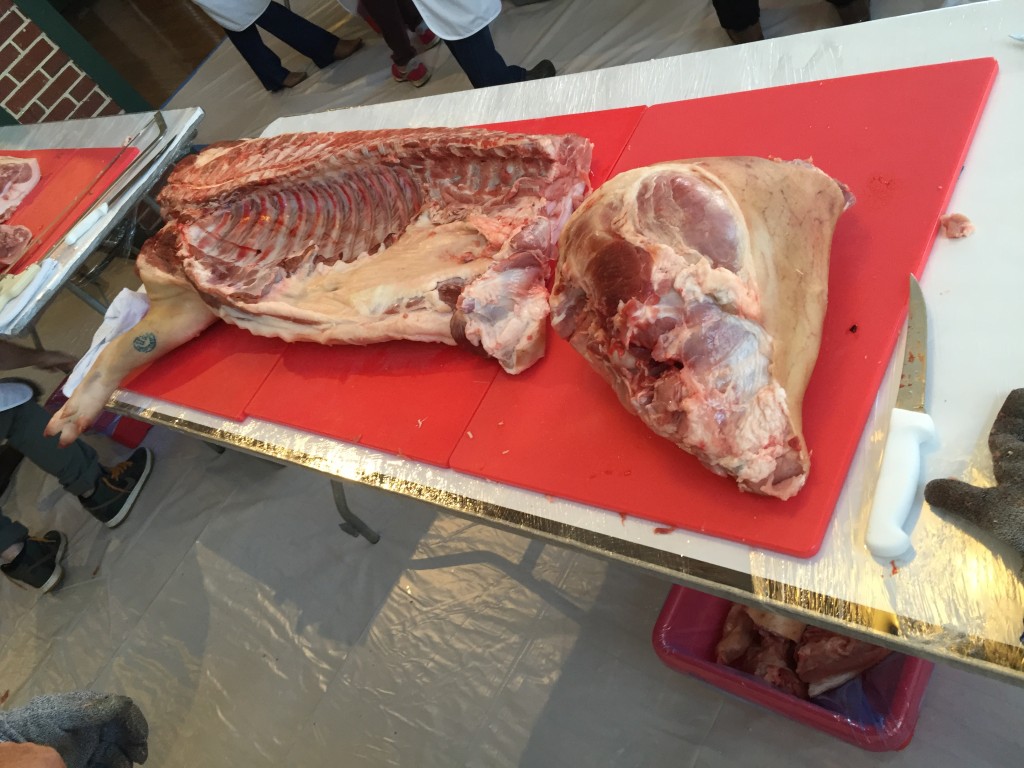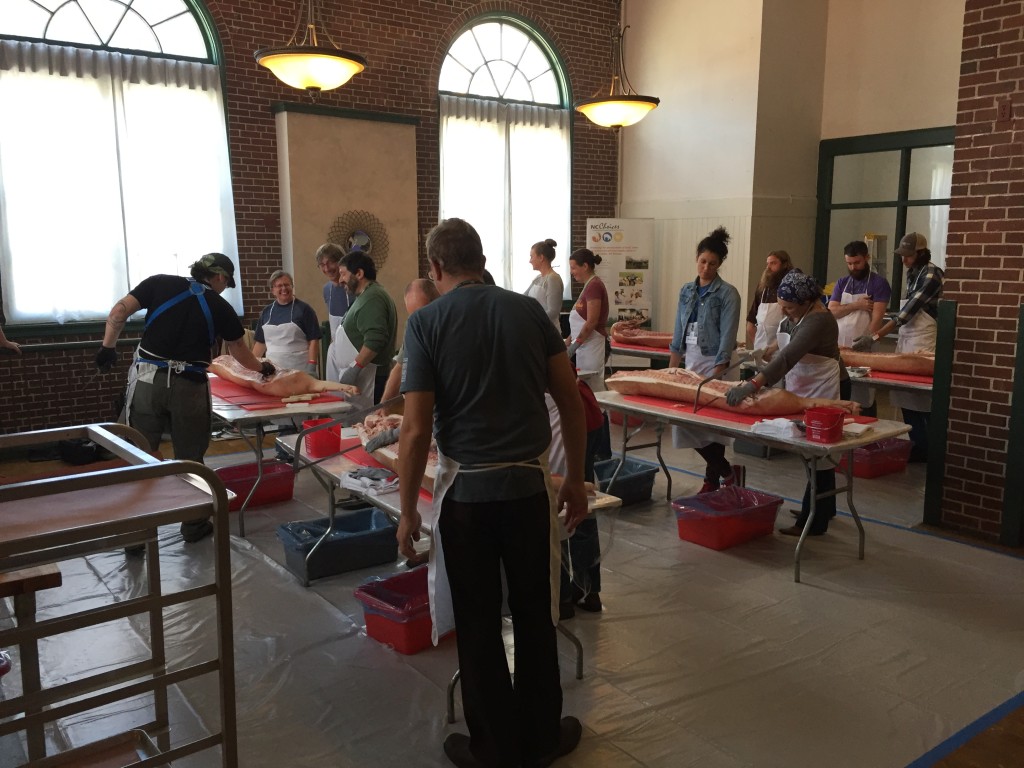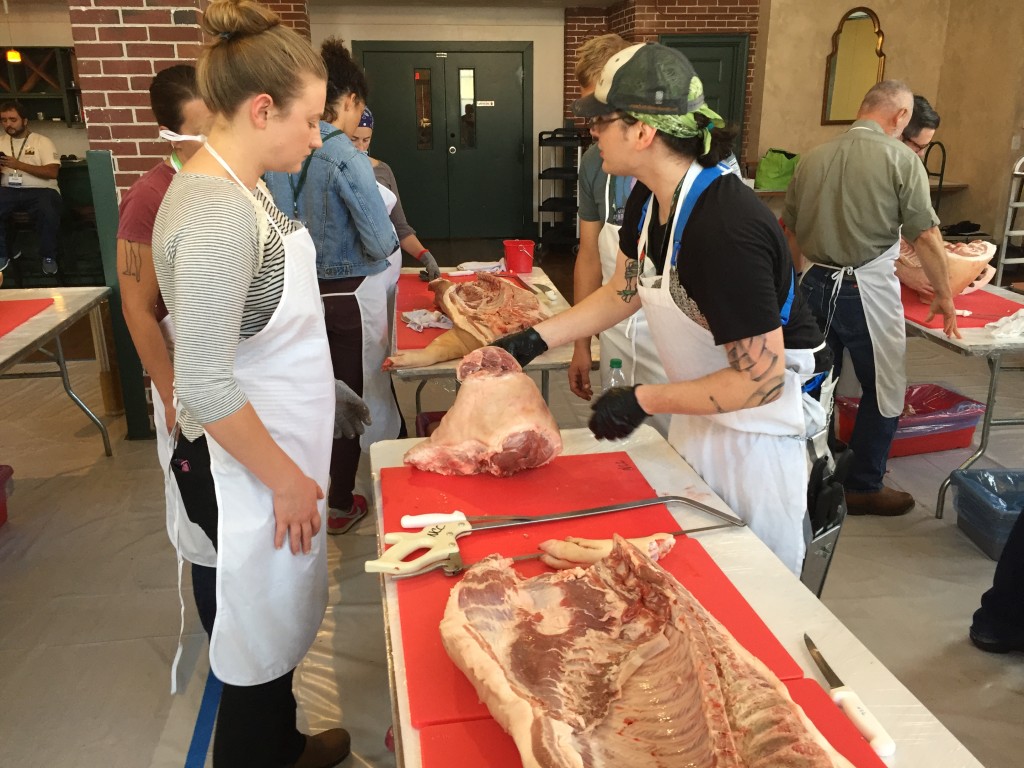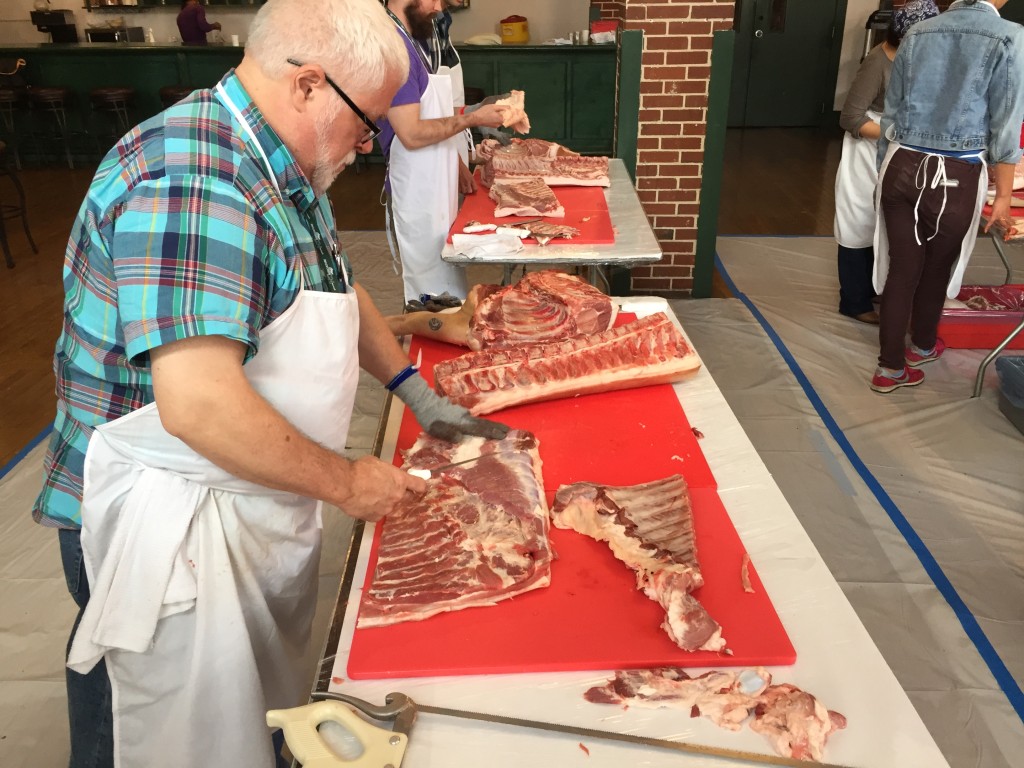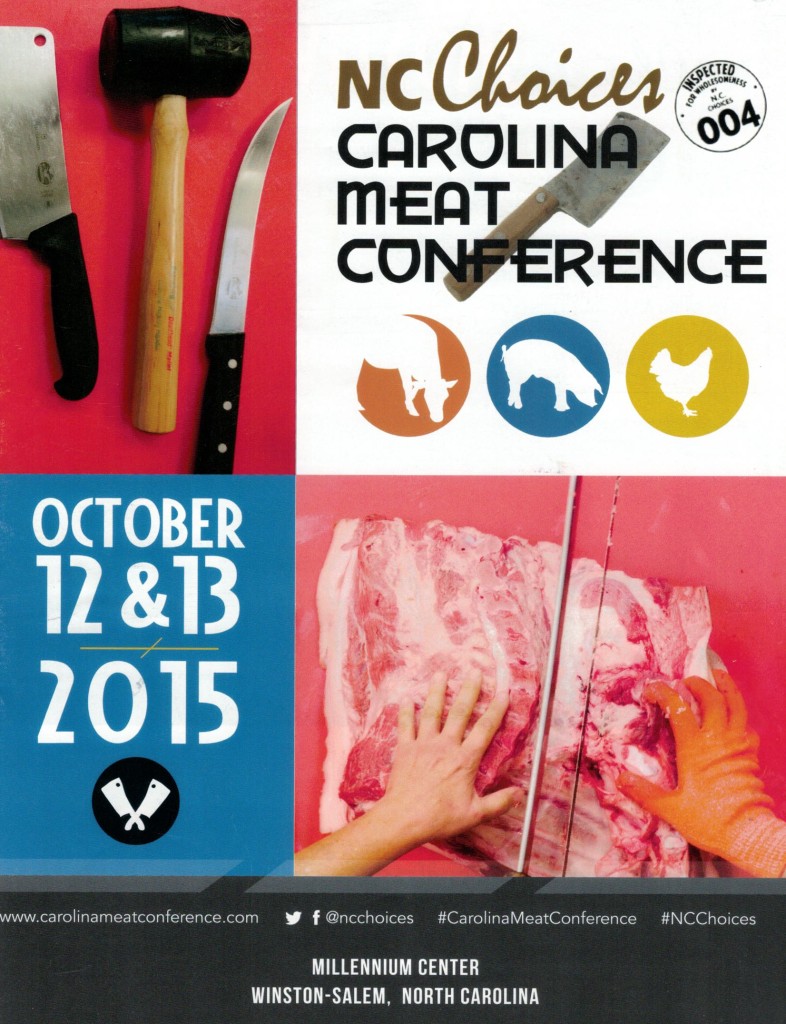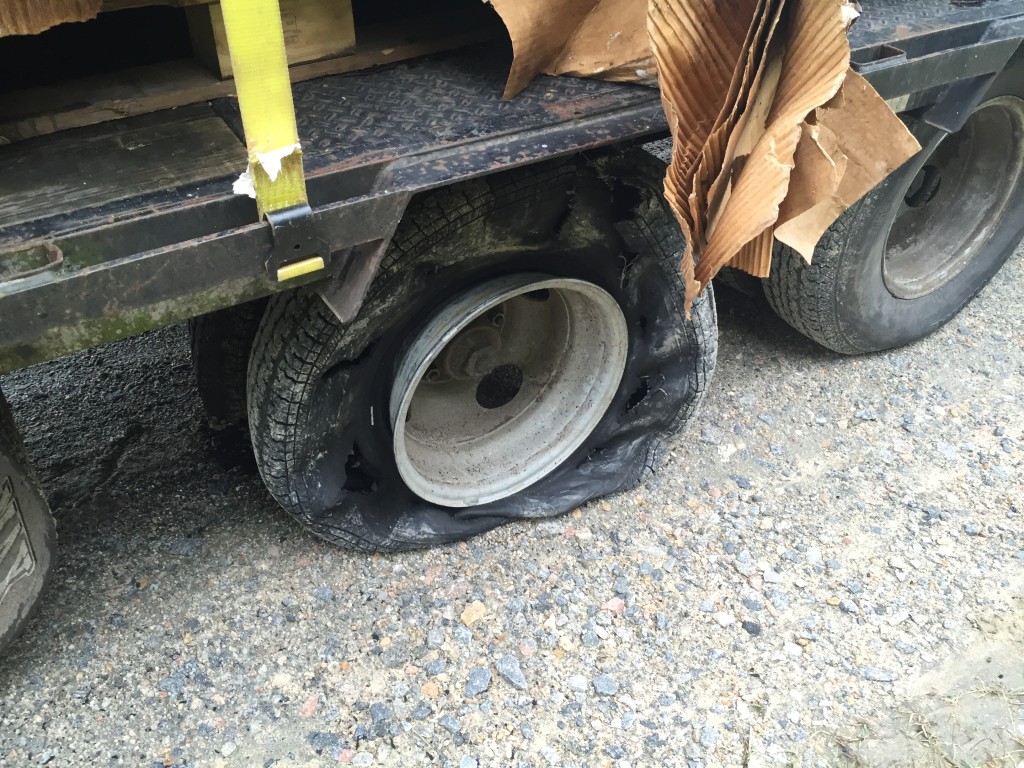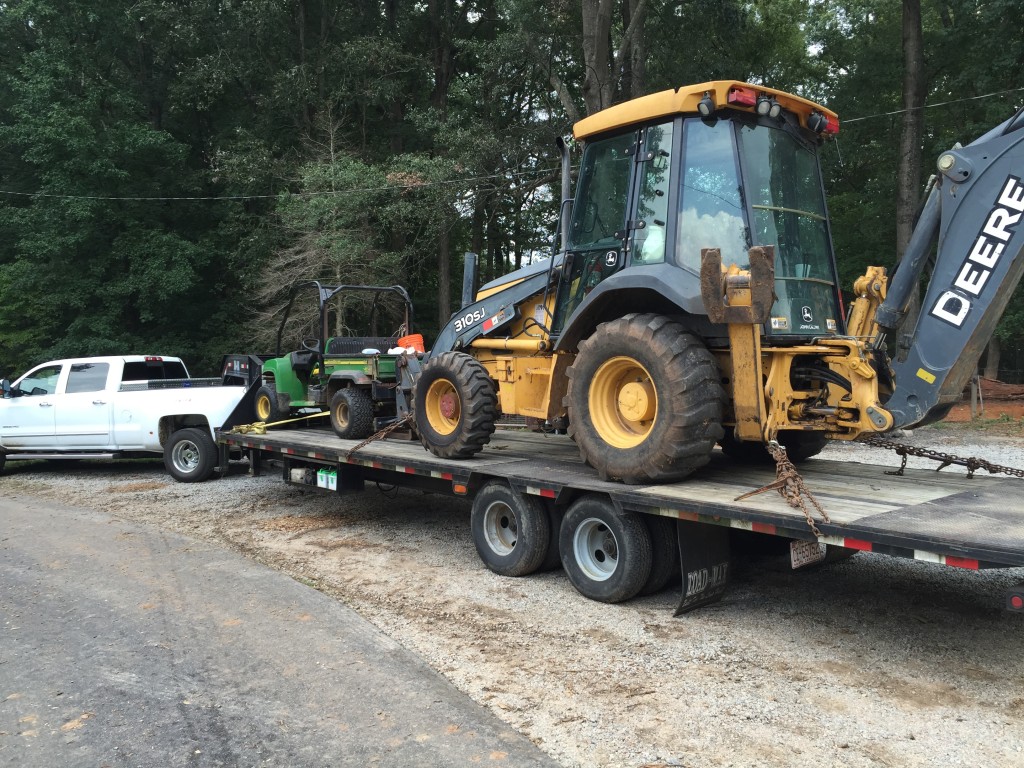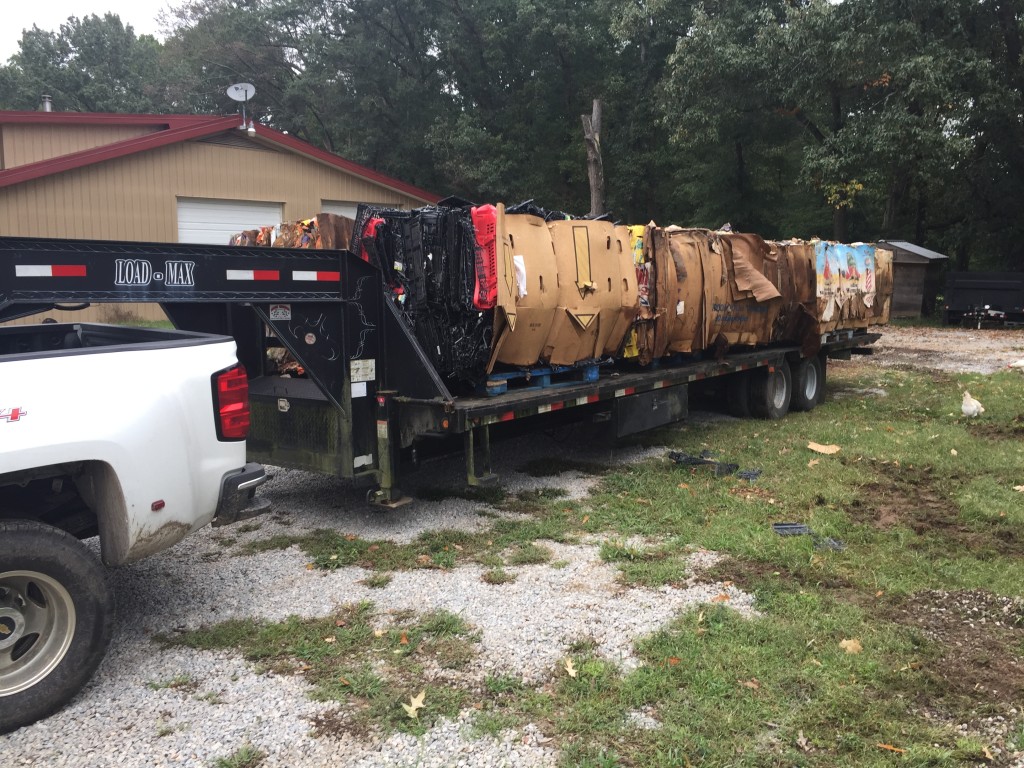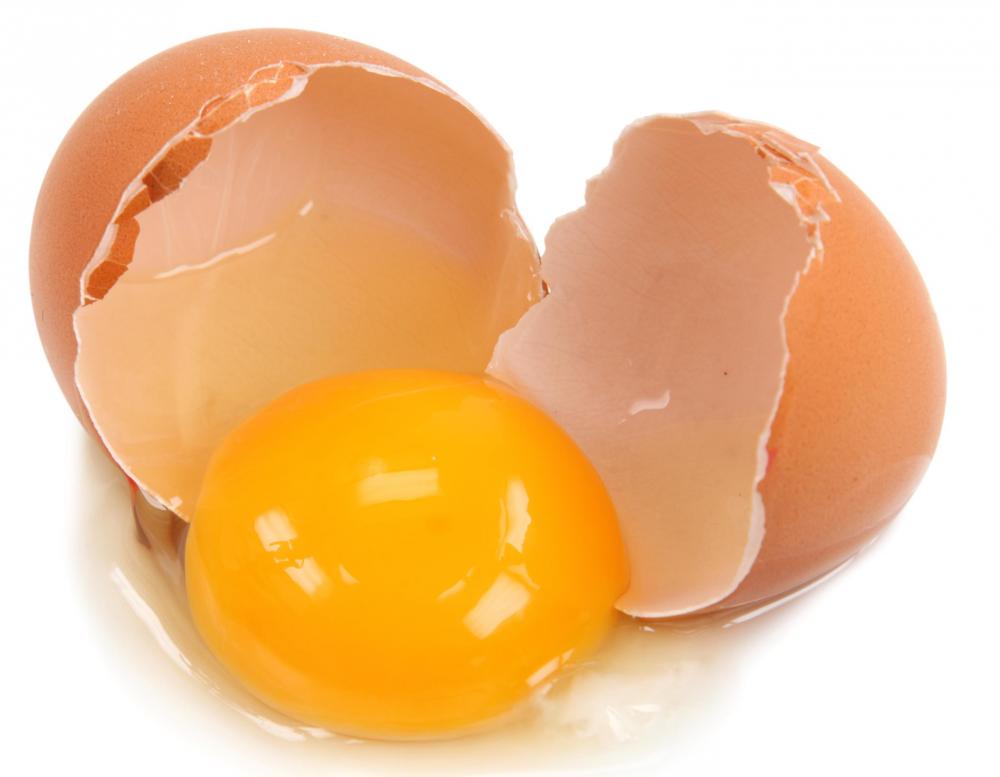In our last post, we talked about how and why we publish all of our farming records, both the good and the bad, for all to see. We talked about the positives and the negatives associated. In this post, we’ll talk about the record keeping aspect of publishing our records to the internet.
So how does having all this info out on the web make me a better farmer? For one, simply having records is a huge step. Every time a calf would be born, I would assume I’d remember who the mom was, or when it was born. But when I’m trying to recall two years later I might get the season right, but was it warm and sunny or cold and rainy? Was the grass coming in well or were we still on hay? Was the mom #25 or was it #26. I always think I’ll remember, but when it comes time, I usually don’t. So now that I’m keeping records, do I meticulously record all kinds of data when a cow is born? Nope. I take a picture like the one below.
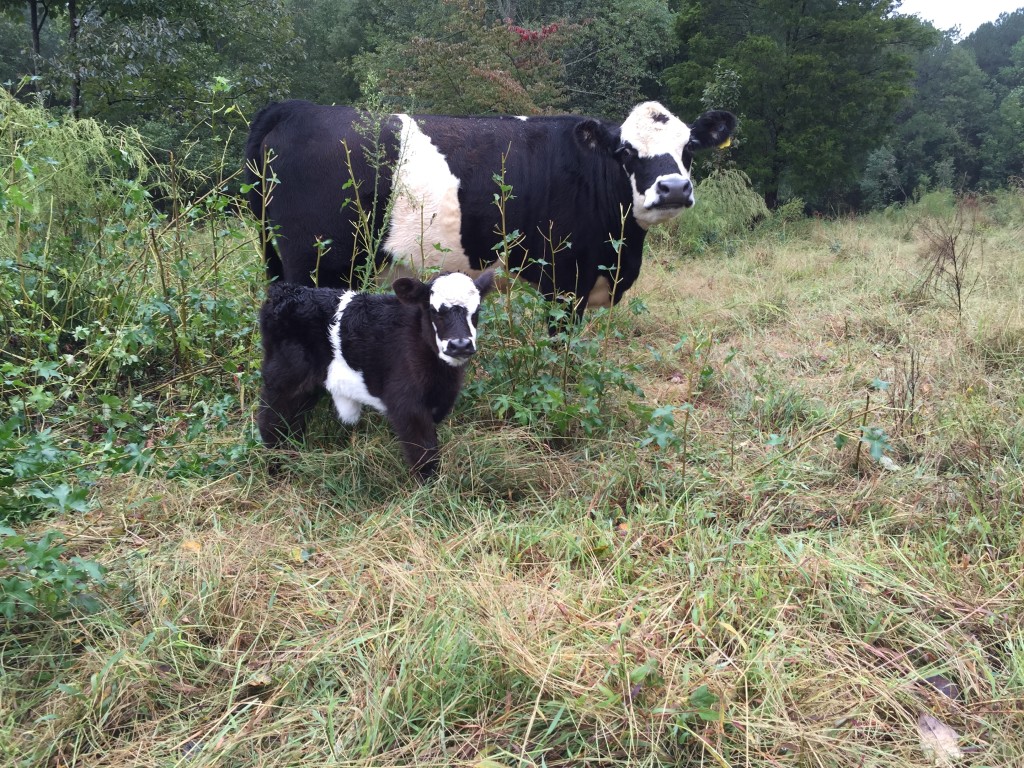
This is a calf that was recently born. In the post, I will put the mom’s tag number and the calf’s tag number in the post title. I will snap a few pics of mom, baby, and whatever else seems like a good pic while I’m out there. I simply take my phone and snap the pics, it takes a few seconds while I’m already there and I always have my phone with me no matter the conditions or the season.
But what about all that other information I spoke of. Well, the photo is time and date stamped so a day later or a week later when I finally type the post about this birth, I can look and see what the date was I took the picture. I can also look at this picture and tell you this was our leased farm because there is no temporary paddock setup in the picture. Based on the land visible in the picture I can tell where on the farm we were and I can obviously see the ground and grass conditions. I’ll note in my post when the calf was actually born (in this case it was two days before the picture was taken). All the info I might need is either in the post of can be inferred from the pictures. And whenever I have a question about a particular cow, I simply grab my phone and go to our website and search on the ear tag number of the cow in question. Every post about that cow comes up, from its birth to when it leaves the farm. Isn’t #11 due about now? A quick search shows that she calves in April/May every year. Isn’t this the second calf #25 has lost? A quick search shows that she hasn’t been too good of a mom and the decision to put her on the cull trailer is simple. By utilizing pictures and a keyword (the ear tag number) I can easily find all my records about an individual cow in seconds from any connected device.
Every active cattleman I know has records in the book in the office, on Excel, the wife keeps them, something. All those records are excellent but they aren’t available anytime, anywhere. That means when you are in the pasture, on leased land 10 miles away, trying to make a decision, you are doing so without all the information. With our system, when we need to make a decision, we do it standing beside the cow in a few seconds with a quick look at the phone. Then we can move onto the next thing, and if you are a farmer, you know there is always a next thing that needs your attention.
But my posts aren’t simply record keeping. They are marketing as well. What is the difference? Records look like this.
“August 21st, 2015. Male calf born to #X. Banded and tagged #Y.”
With some pics attached, that’s good enough for record keeping if you like. Make your website private and you can have online record keeping just like I do without the marketing side of things. But if you want to combine your efforts so that you are accomplishing both, you need to do two things. Learn the tools and find your voice. But that is our next post.
